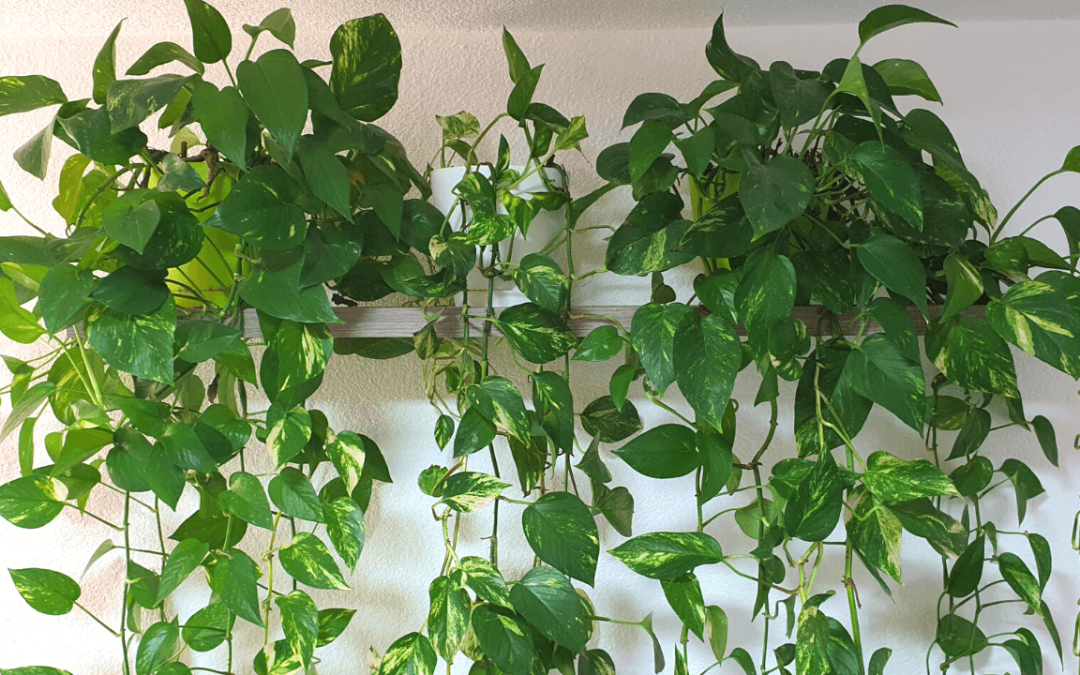
How to Propagate a Devil’s Ivy Plant
Devil’s Ivy is a versatile plant that can be propagated through several methods, each with its own advantages and difficulties. Below are the three most commonly used ways of propagating this plant
Stem Cuttings
As an horticulturalist and arborist, I can confirm that stem cuttings are indeed one of the most common methods of propagating Devil’s ivy. Taking a stem cutting from a healthy plant and rooting it in water or soil is a simple and effective way to grow new plants. It’s essential to choose a healthy plant to take the cutting from, and ideally, it should be done during the active growing season in the spring or summer.
The cutting should be about 4-6 inches long and have several leaves attached. This will provide enough plant material to develop new roots and leaves, and ensure the new plant can thrive. It’s important to ensure that the cutting is placed in well-draining soil or water, and given proper care and attention until it becomes established. With proper care and patience, stem cuttings can quickly grow into beautiful and healthy Devil’s ivy plants.
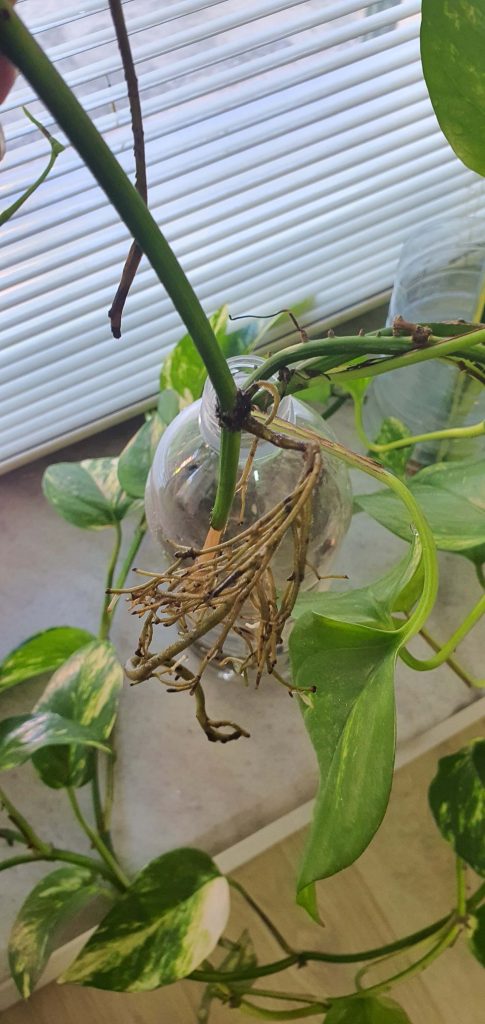
Water Propagation
Water propagation is a good option for beginners, as it is low maintenance and allows for observation of the rooting process. To propagate in water, simply place the stem cutting in a jar filled with water and wait for roots to develop before planting in soil.
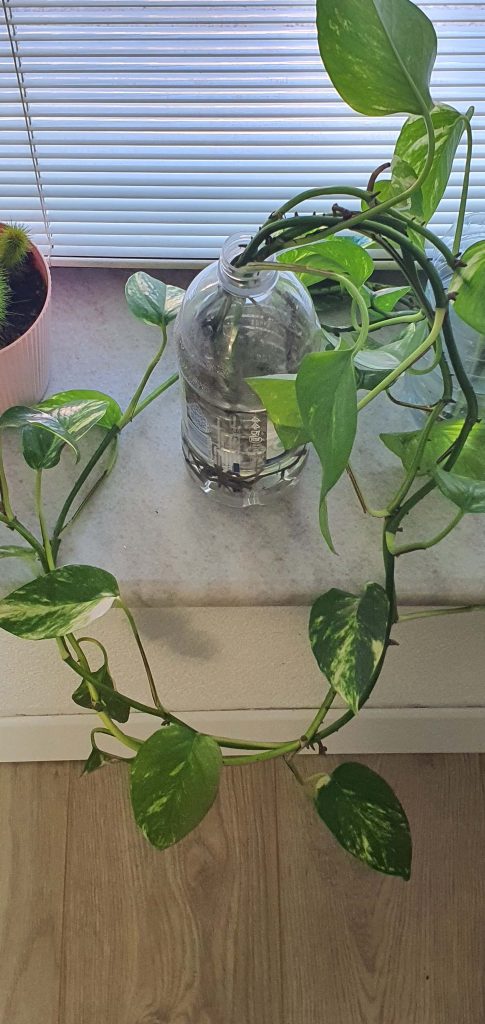
Soil Propagation
Soil propagation involves planting the stem cutting directly in soil. It requires attention to the potting mix and careful watering and fertilization while the plant establishes roots.
Whichever method of propagation you choose, proper care of the new plant is crucial to ensure healthy growth. Regular watering, fertilization, and pruning as necessary will help your devil’s ivy thrive.
Tips for Success
While propagating a devil’s ivy plant can be a rewarding and enjoyable experience, it’s important to follow the right steps and care for your new plant properly to ensure that it develops into a healthy, thriving plant. Here are some tips for success to keep in mind when propagating a devil’s ivy plant:
Choosing the Right Plant
Selecting the right plant for propagation is crucial to ensure the success of the process. A healthy, well-established plant with no signs of disease or pest infestation should be chosen. It is important to inspect the plant thoroughly and select stems or branches that are healthy and free of damage.
Ideal Conditions
For successful propagation, the ideal conditions for devil’s ivy should be maintained. This plant thrives in bright, indirect light and moderate temperatures ranging from 65-85°F. High humidity levels are also preferred, so it is essential to provide sufficient moisture and humidity during the propagation process. In addition, it is important to avoid exposing the newly propagated plant to direct sunlight and drafts until it has fully established. By maintaining the ideal conditions and selecting a healthy plant for propagation, you can ensure the success of your devil’s ivy plant collection.
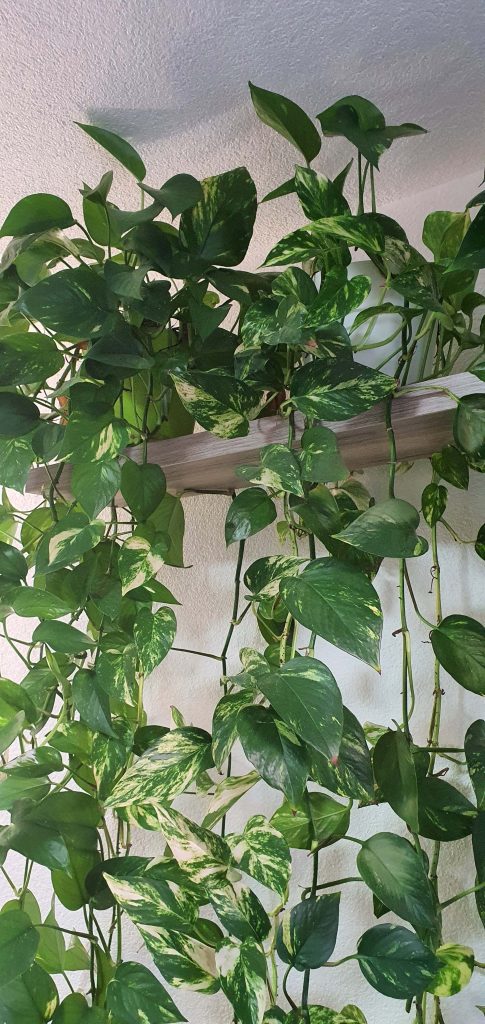
Caring for the Plant
Proper care to your devil’s ivy plant is crucial to help it grow healthy and thrive. Once your newly propagated plant has developed roots, it’s important to maintain proper care. Water the plant regularly, but avoid over-watering by allowing the soil to dry out slightly between waterings. Fertilize the plant every two to three months with a balanced, water-soluble fertilizer to ensure it gets the necessary nutrients for growth.
As the plant grows, it may outgrow its container and require repotting into a larger one to accommodate its expanding root system. When repotting, choose a pot that is one or two sizes larger than the current one and ensure that it has good drainage to prevent waterlogging.
Additionally, devil’s ivy is a vining plant, so it may benefit from support or training to grow in a specific direction. This can be done by using a stake or trellis for the plant to climb on.
By providing your devil’s ivy plant with proper care, you can enjoy a healthy and thriving plant that will beautify your home for many years.
Benefits of Propagating a Devil’s Ivy Plant
Propagating a devil’s ivy plant offers a variety of benefits, both practical and aesthetic. Here are some of the benefits of propagating a devil’s ivy plant:
Expanding Your Plant Collection
Propagating a devil’s ivy plant is an easy and cost-effective way to expand your plant collection. Once you’ve successfully propagated a plant, you can continue to propagate new plants from that plant, allowing you to create a whole collection of devil’s ivy plants. This can be a fun and rewarding experience, as you get to witness the growth and development of your plants over time. It’s important to note that while devil’s ivy is a relatively easy plant to propagate, it’s still important to follow the appropriate steps and care for your plants properly to ensure their success.
Sharing Your Plants with Others
It’s important to remember to share only healthy plants that have been well-cared for and are free from pests and disease. Before sharing or trading your propagated plants, make sure to inspect them thoroughly to ensure that they are in good condition. Sharing your plants with others can also help to reduce the environmental impact of plant production and shipping, as more people can grow their own plants from your propagated cuttings instead of buying new plants that have been shipped from far away.
Improving Indoor Air Quality
Propagating devil’s ivy plants can be a beneficial way to improve the air quality in your home. Research has shown that devil’s ivy reduced air levels of benzene and trichloroethylene inside a Plexiglas chamber measuring 0.58 cubic yard from approximately 36 ppm to barely detectable levels within 2 hours. This means it can help remove pollutants such as formaldehyde, benzene, and xylene from indoor air, meaning you can use Devil’s Ivy to improve indoor air quality.
By propagating and adding more devil’s ivy plants to your home, you can increase the air-purifying effects and create a healthier living space for you and your family. Additionally, devil’s ivy is a low-maintenance plant that can thrive in a variety of indoor environments, making it an ideal choice for those who want to improve their indoor air quality without a lot of effort.
Creating a Beautiful Home Environment
As a person who loves plants, I can attest that propagating a devil’s ivy plant is not only a great way to enjoy the many benefits of plant ownership but also an opportunity to create a beautiful home environment. Devil’s ivy is a stunning, vibrant plant that adds a touch of lush greenery and life to any living space, making it more inviting and relaxing.
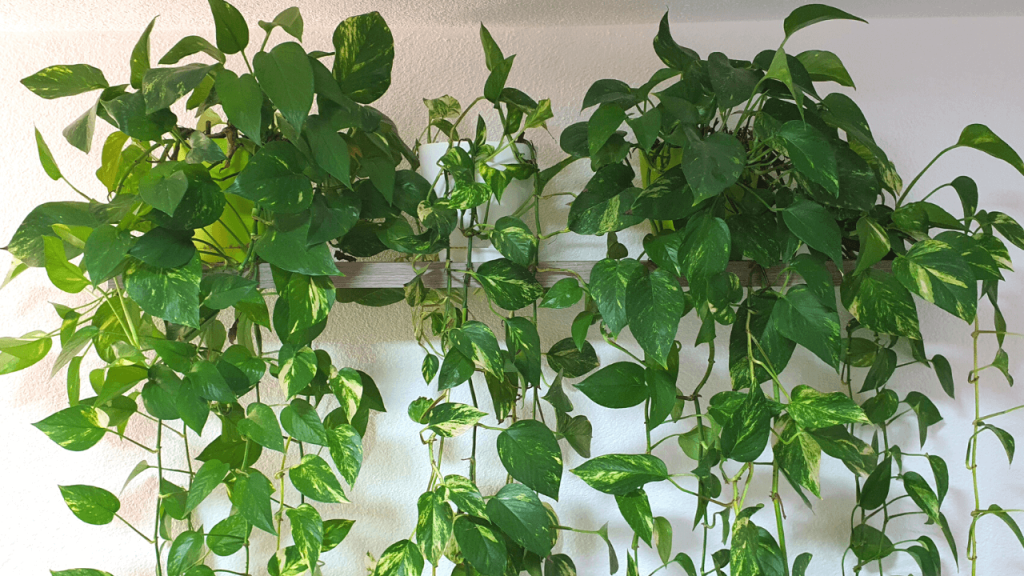
Moreover, devil’s ivy has been shown to be an effective air-purifying plant, which helps remove pollutants from indoor air. By propagating new plants and placing them strategically around your home, you can improve the air quality of your living space while enjoying the beauty of this plant.
In conclusion, taking the time to propagate a devil’s ivy plant is an easy and cost-effective way to create a beautiful, inviting, and healthy living environment that you and your loved ones can enjoy for years to come.
